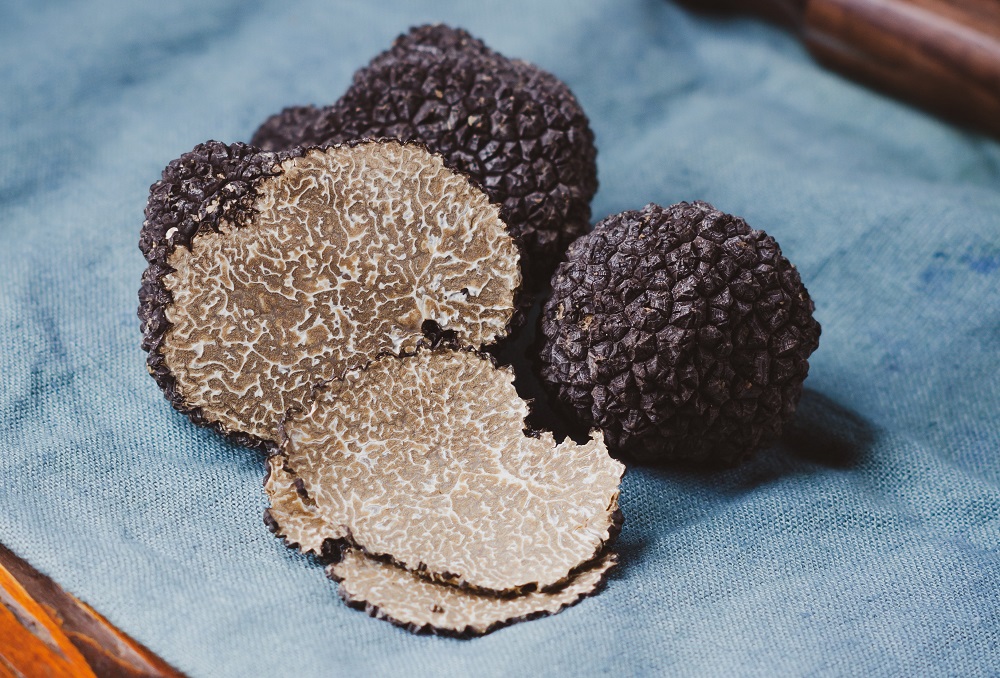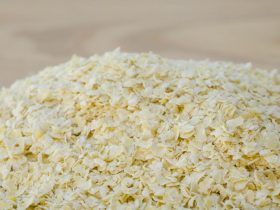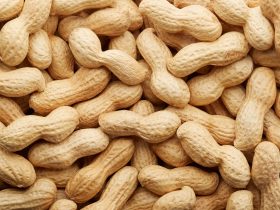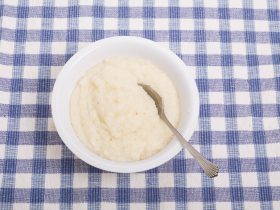The term truffle in a culinary sense refers to the outgrowth of a certain taxonomic subgroup of fungal species called Ascomycota. Truffle is highly regarded as a luxurious and extravagant addition to any dish it is found in, of which are far too many to list.
Truffles present an extremely unique and specific flavor that is difficult to describe without first experiencing it, however many food experts say that truffles possess an oaky and somewhat musky taste, with light afternotes of mushroom.
However, truffles have one large drawback; a very short shelf-life. One of the primary contributing factors to the high price of truffles, the tiny window at which truffles can retain their best odor and taste quality is often the reason why they are in such high demand in the restaurant sector1.
Truffles can only last for as long as five days before their signature odor and taste begin to degrade, growing fainter and less noticeable. Keep in mind, however, that this does not apply to other kinds of truffle products, such as truffle preserved in brine or truffle oil. It is also important to note that the degradation of smell and taste does not indicate actual spoilage, and truffles may still be edible after these losses occur.
What is the Ideal Temperature and Humidity to Store Truffle in?
A great deal of research has gone into the ideal conditions to preserve truffles in. Owing to their high value and low shelf-life, researchers have spent countless hours and plenty of energy dedicated to identifying how best to store truffles.
Though only a rough approximation, it was found that truffles do not in fact retain their best quality or longest shelf-life at room temperature, as was previously thought. Instead, it is best to keep truffles in a temperature-controlled room set to 39.2°F, or several degrees lower than that of room temperature.

In terms of humidity, however, truffles retain their taste and odor at the relative air humidity levels of 80-85%. This is due to the fact that truffles are the fruiting body of a fungal life-form, and as such require controlled humidity environments to maintain their cellular cohesiveness.
It is also advisable to control both of these factors in tandem, as 85% humidity at sufficiently high enough temperatures can cause condensation, which would quickly degrade the truffles or cause them to spoil.
Likewise, sufficiently low temperatures with humidity that is too low or high will further dehydrate the truffles or cause them to rupture at a cellular level.
Why Should You Preserve Truffle?
Because truffle’s normal environment-based shelf-life is only several days, it is important to store truffles in such a way that minimal degradation of this fungal body is possible, thereby preventing wastage and allowing you to enjoy the full money’s worth of your truffles.
While most restaurateurs and chefs advise that truffles be consumed as fresh as possible, in the right conditions, preserved truffles can be nearly as good as they were upon first purchasing.
As always, however, organic food is at its absolute best when consumed straight from the farm.
How Long Does Truffle Last at Room Temperature?
As previously mentioned in this article, truffles can only retain their absolute best quality for up to five days before they begin to lose a portion of their taste and odor. However, this does not mean that the truffle becomes inedible or otherwise unsafe to eat.
When stored at room temperature in ordinary conditions, truffles can remain safe to eat for up to two weeks, though this requires several factors to be controlled for in order to allow the truffles to reach this point.
When storing truffles, it is imperative to insulate them from moisture and air-flow as much as possible, since the fungal body will readily absorb moisture and degrade or otherwise develop microbiological colonies.
In order to do this, first thoroughly wipe the inside of an air-tight container with a tissue paper. Do not use containers made of porous plastic or untreated metal, as they will either absorb the signature odor of your truffle, or the truffle will be altered by the container’s material.
After drying the proper container, place a single layer of wax-lined parchment paper along the bottom of the container. Lay the truffles carefully inside and seal the container as tightly as possible.
Keep the container in a cool and dark place free of light or airflow, such as a storage cellar or insulated pantry.
How Long Does Truffle Last in the Fridge?
Though truffles are best consumed within several days of purchase or harvesting, choosing to refrigerate them is an excellent way to ensure that they last for a longer period of time than simply leaving them in your pantry or countertop.
However, keep in mind that truffles require steady temperature and must be stored in conditions that allow them to retain their best possible quality for a certain period of time. This means that fridges with poor insulation, malfunctioning cooling systems or too high internal humidity may damage your truffle’s quality.
To begin refrigerating your truffle, first gently wash it under cold water in order to remove any dirt or sand left over from the harvesting process. While it is generally advised that truffles should not become wet, running it under cold water for a few seconds and then drying them shouldn’t affect the truffle in any way.
Carefully dry the truffle with a soft cloth or tissue, removing any signs of moisture from the surface. Once dry, wrap each individual truffle in wax-treated parchment paper or even simply ordinary kitchen tissue paper. Ensure that there is as little open area of the truffle visible as possible, as air-flow could potentially degrade the truffle through this area.
Now completely wrapped, place the truffles in a resealable plastic bag specifically produced to be non-absorbent to odors, as this bag may absorb some of the truffle’s signature smell.
Store the bag of truffles in the driest part of your freezer, preferably at the temperature of 39.2°F or slightly lower. Ensure that the truffles do not freeze, however, as this will ruin them quickly.
Should You Freeze Truffle?
According to a multitude of experts and researchers, the answer to whether truffles should be frozen is a resounding no.
Truffles possess a unique odor and taste that, unfortunately, is also quite delicate to physical and chemical changes. Storing the truffles in conditions as dramatic as a freezer will cause this fungal fruit body to absorb moisture, as well as leach out its aroma.
It is entirely possible to store truffles in the freezer, however, and as such they will last for up to six months.
But, if you truly do require the truffles to remain shelf-stable for a period as long as this, the freezing route is not advisable as it will severely degrade the quality of your truffles, and a far wiser course to take is to simply process the truffles into oil in order to preserve their characteristics.
How Do You Know If Truffle Has Gone Bad?
In the event that your truffles have unfortunately begun to expire, a good way to ascertain whether this is true is to smell them. Because of the distinct odor of truffles, it should be immediately apparent if they have become unsafe to eat.
Apart from this, if the truffle has become soft and mushy, it generally indicates that the truffle has been exposed to too much moisture and was likely stored improperly. This is not a direct sign of spoilage, however, though it does mean that the truffle’s quality may be seriously impacted.
It is possible to draw the moisture of the truffles out by placing it in a bowl of uncooked rice grains overnight, which will both dry out the truffles and flavor the rice somewhat. But even dried out once more, the truffle will not be at the same level of quality as it was upon purchasing.
References
1. Benjamin, D. R. (1995), “Historical uses of truffles”, Mushrooms: Poisons and Panaceas — A Handbook for Naturalists, Mycologists and Physicians, New York: WH Freeman and Company
2. Thérèse Dereix de Laplane (2010) “Des truffes sauvages aux truffes cultivées en Loudunais” (From wild truffles to cultivated truffles in the area of Loudun), Mémoires de l’Académie des Sciences, Arts et Belles-Lettres de Touraine





Hi, I'm Dom
Dom Eats was started to help other people fall in love with food. While cooking can feel intimidating, it doesn't have to be.